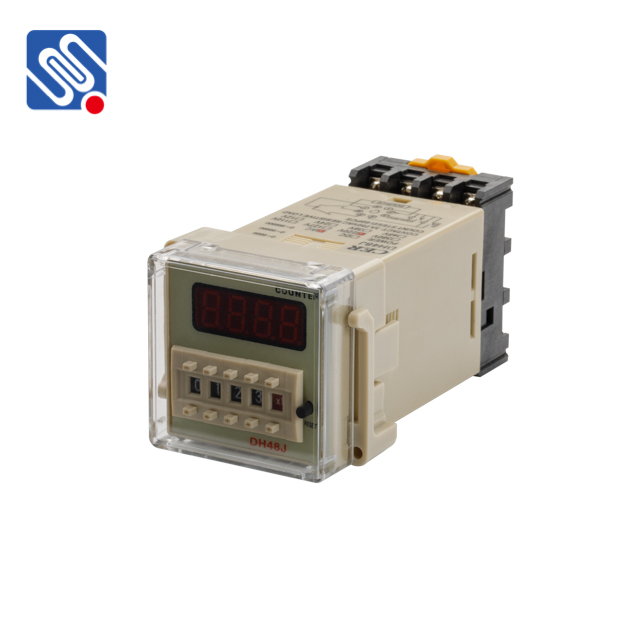understanding relay voltage: the key to efficient control systems with meishuo
Release time:2025-02-24 15:19:03
Relays play an integral role in modern electrical systems by providing a means to control high-power circuits with low-power signals. One of the most crucial aspects of relays is their voltage specification, which dictates how they function within an electrical system. The relay voltage defines the amount of electrical potential required to activate or trigger the relay mechanism. This article will explore relay voltage in-depth, with a special focus on how companies like Meishuo are advancing the reliability and performance of relays in various applications.

What is Relay Voltage?
Relay voltage refers to the operating voltage required for a relay's coil to activate its switching mechanism. The coil inside the relay is an electromagnet that, when energized, pulls a contact arm and changes the state of the switch (from open to closed, or vice versa). Relay voltage is often specified by the manufacturer and can range from low voltages like 5V to higher values such as 24V or 120V, depending on the application.
Types of Relay Voltage
Coil Voltage: This is the voltage applied to the relay’s coil. It's crucial to match the coil voltage with the system's specifications, as applying the wrong voltage can damage the relay or cause it to malfunction.

